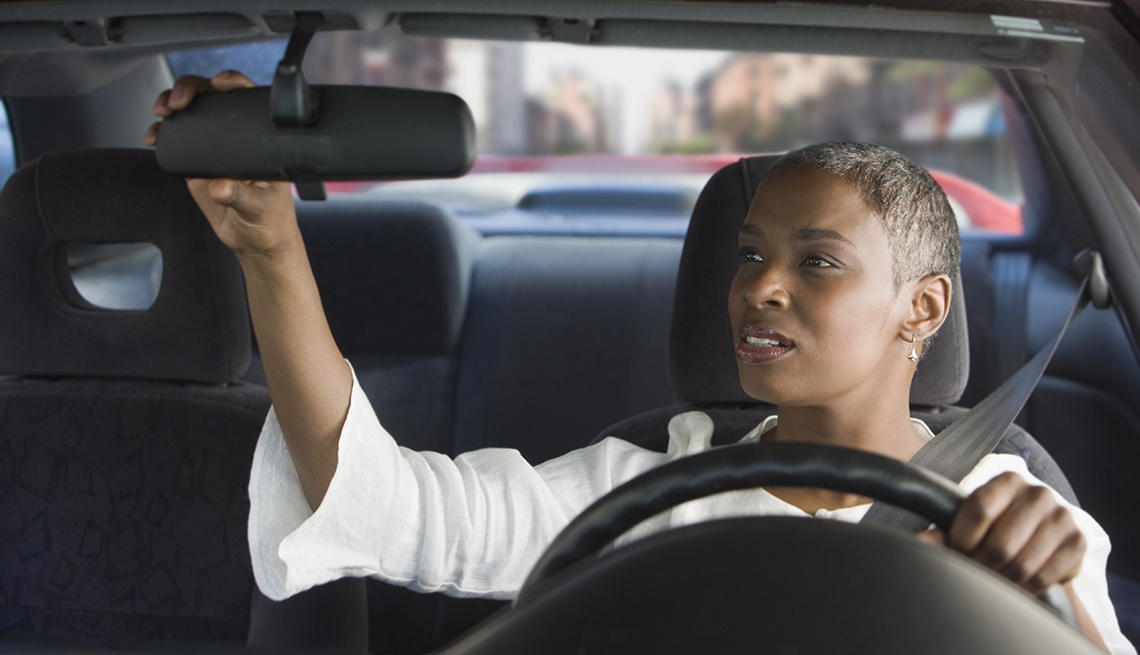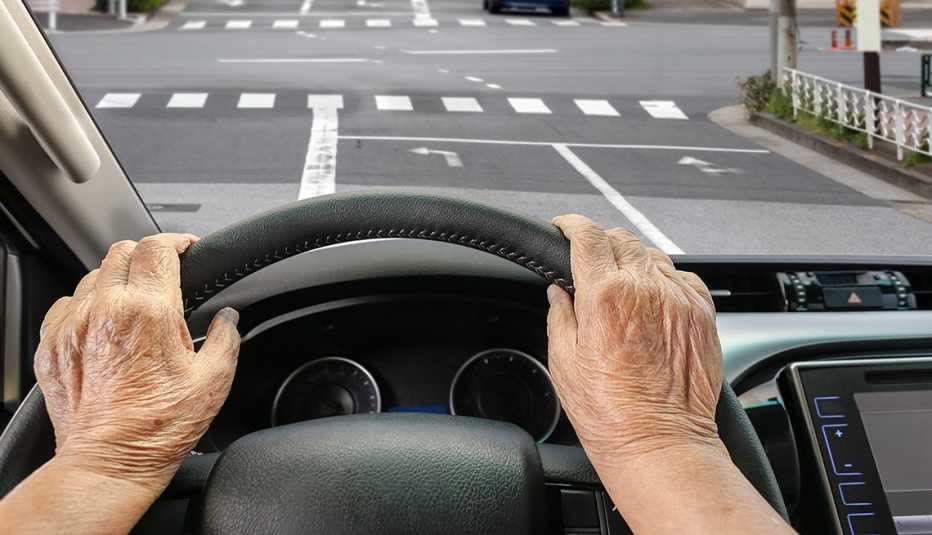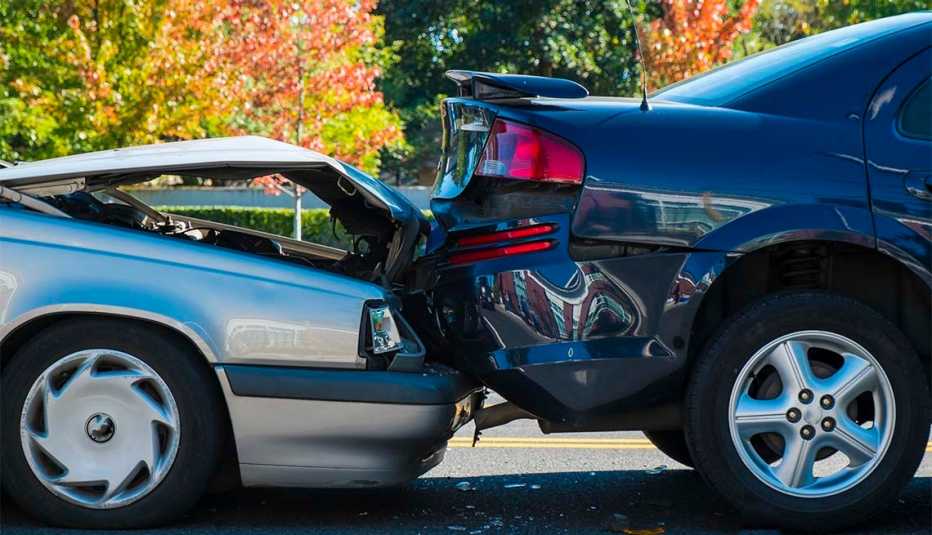AARP Hearing Center
Let’s face it: Driving can be dangerous, and your risk of being in an accident increases with age. With slower reflexes, along with other changes — including rapidly evolving car technology and more vehicles, bikes and even scooters on the road — it can't hurt to refresh your thinking on how to drive safely.
One way to stay out of trouble is defensive driving, or avoiding potential hazards by being acutely aware of other drivers’ behaviors and knowing what maneuvers are the riskiest. A few examples of defensive-driving approaches to tricky situations:
Making a left turn across oncoming traffic. Unless you have a green left-turn arrow, it may be safer (and less nerve-wracking) to go further up the road and make three right turns, so you’re ultimately turning right into where you want to go, rather than having to judge the speed of oncoming traffic and find the safe gap for a left-hand turn, says Bill Van Tassel, AAA manager of Driver Training Programs.
Merging into high-speed traffic. This is a maneuver that leads to accidents because of the differences in speed between your car and the cars on the highway. “The biggest mistake drivers make is approaching too slowly," Van Tassel says. “That can make it impossible to enter the highway, so you actually come to a stop, making the situation worse.” Use the on ramp to rev up to the speed of traffic, then slot into a gap in the flow of traffic.
Using right-turn-only lanes. Sometimes after the turn these lanes continue, but often they merge into an existing traffic lane, with other cars coming at you from the left. This is a common accident zone, requiring careful observation of traffic patterns — especially when using a right-turn-only lane from one highway to another (see previous tip). Keep your speed, but check to see if your lane is ending and you need to merge into a gap.
Navigating traffic circles. The increasing use of roundabouts over traditional four-way intersections can be vexing to drivers who aren't familiar with them. “Treat them like a right turn on red,” says Van Tassel. “When it’s clear to the left, you can scoot into the roundabout.” And stay relaxed. Worst case, you may have to go around more than once because you've missed your exit, but ultimately they’re safer, because if there is a crash, it’s not at high speed.
Exiting your car after parking on the side of the road. In an urban environment, where there are often bike lanes and parallel parking, you want to avoid opening your door and stepping into the path of an oncoming car, bicycle or scooter. In Dutch countries where so many people use bikes, drivers use what's known as the “Dutch Reach,” a method now taught by driving-safety instructors in the U.S.: Simply reach across your body with the hand furthest from the door to open it with that hand. That way, your head is already turned and looking out the window, so you can't help but see any oncoming traffic.
Making a left turn into traffic. Sitting perpendicular to a busy road and crossing traffic to make a left is risky, because now you have to judge speed from cars on the right and the left. “Instead, turn right and go up the road to where you can safely make a U-turn,” says Van Tassel. “It may take a few more minutes, but it’s safer.”






































































